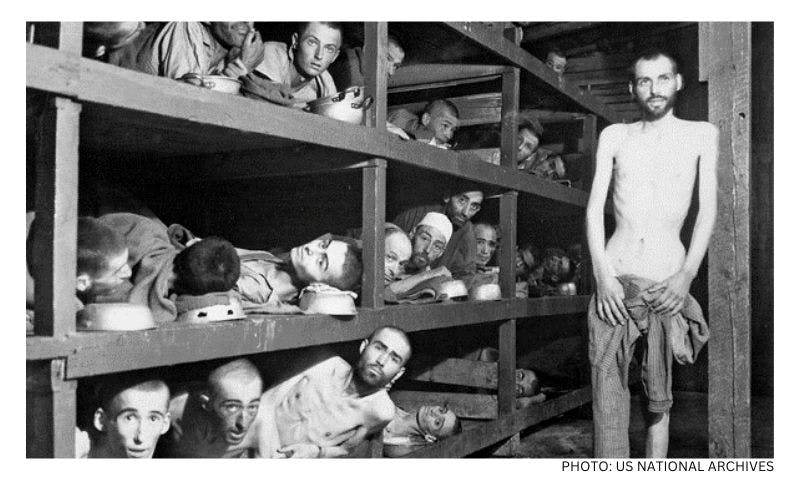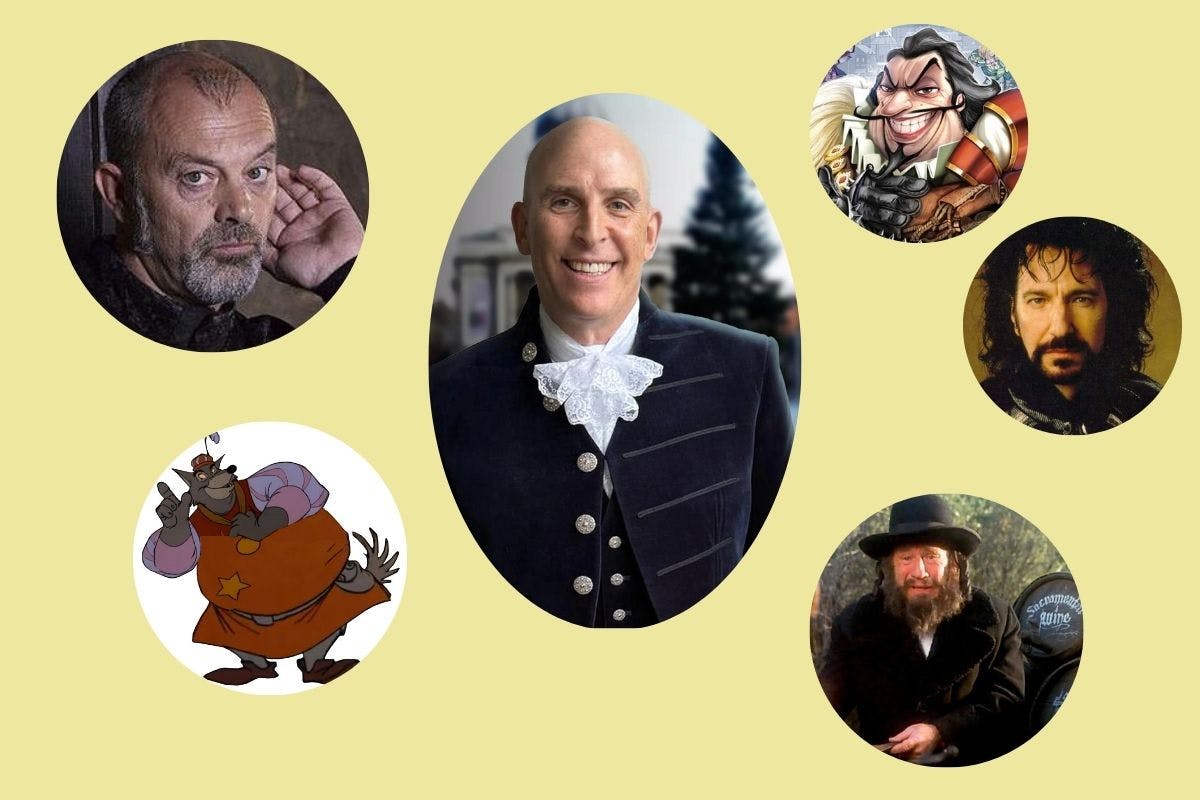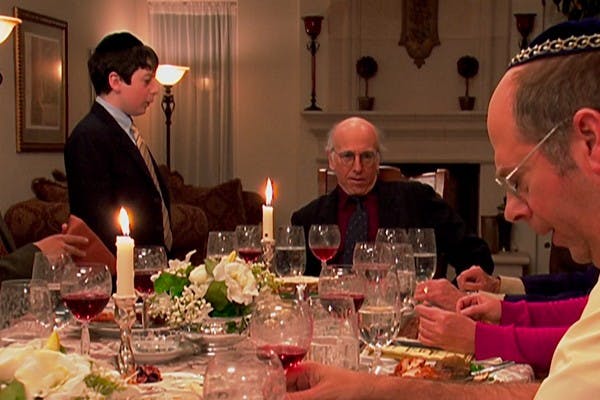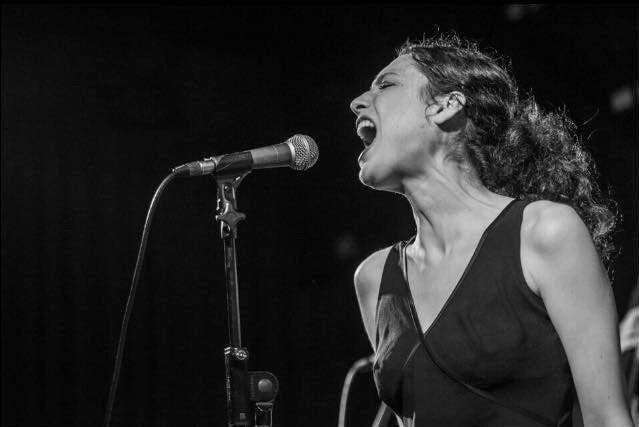Published: 19 September 2023
Last updated: 5 March 2024
An Australian seminar casts a critical eye over the deluge of novels, sparked by The Tattooist of Auschwitz, that pay too little heed to the details of what happened.
The story of Heather Morris’s runaway success from a standing start with her debut novel The Tattooist of Auschwitz is well known. The book is based on the real-life story of two Slovakian Jews in a World War II camp that was both a concentration camp and a death camp: a man, Lali Solokov, who met and befriended the woman who would become his wife, Gita Furman, when, as a prisoner-functionary, he was required to tattoo her number on her forearm. The novel has since sold five million copies and is being turned into a film series for Stan.
As it gained traction in the marketplace, however, the book began to be criticised increasingly severely by the subjects' family and Holocaust experts. Wanda Witek-Malicka of the Auschwitz Memorial Research Centre said its errors created a “distorted version of Auschwitz” that was “dangerous and disrespectful” to its history. Morris countered that the book was not the story of the Holocaust, but a story.
Since then and apparently based on its success, the publishing world has seen an explosion of romance fiction using the Holocaust as an “exotic” location. Check Amazon and you’ll find dozens: The Plum Tree: An Emotional and Heartbreaking Novel of WW2 Germany and the Holocaust; To Dream Of Shadows: A Gripping Holocaust Story Inspired by a Heartbreaking True Story; The Girl in a Striped Dress; 83 Baumstrasse; Hannah's Conflict: A World War Two Holocaust Drama; and many more.
There was a sprinkling of books and films that sought to make the Holocaust less terrifying before that - Boy in the Striped Pyjamas, Life is Beautiful; Inglorious Basterds – including films in particular that were written and or directed by people who were, like Morris, not Jewish.
Kim Kelly, a Sydney writer of romantic fiction and researcher in Holocaust literature at Macquarie University, has had a lot to say about this recent phenomenon. In 2019, she wrote a blog about the lack of respect for Jewish experience in romantic fiction that uses the Holocaust as a background, which has since been widely read. Even Thomas Keneally's famous Schindler's Ark got a mention, for making events a little more bearable for readers, although she does agree it was a genuine attempt to make it comprehensible to non-Jews.
Kelly joined with New Zealand Holocaust "faction" author Navina Michel Clemerson in a Zoom conference last month chaired by actor-writer and chair of the Australian Council for Christians and Jews, Ron Hoenig. Titled A fraction too much Holocaust fiction, it was triggered by Kelly's obsession with the topic. Her introductory address is lively and her explanation of the situation articulate and animated.
Don't we have a responsibility, as writers of fiction, to honour those people who lived the experiences we're writing about?
Kim Kelly, Holocaust literature researcher and fiction writer
“What really shocked me and what sent me down the road of writing that blog post was the response [to criticism of The Tattooist] of the publisher and particularly of the author, Heather Morris, who kind of shrugged their shoulders and said, 'well, it's fiction',” Kelly says. "That's all well and good, but don't we have a responsibility, as writers of fiction, to honour those people who actually lived the experiences that we're writing about?"
Kelly admits that Morris did a lot of research with a Holocaust survivor but that the last few years have spawned books which can’t claim as much. "And then that swings back round to [Jewish American novelist and professor of literature] Dara Horn's idea that we only like dead Jews, we don't like Jews who act like Jews. We don't like Jews who have cultural experiences or religious experiences. They tend to be very reduced figures, where the word, "Jew" signifies a whole bunch of things and we don't get to know them as Jewish people."
Kelly’s fellow panellist Navina Clemerson was born to Jewish refugee parents in London, grew up in France and lived in Netherlands and Italy before fetching up in Wellington. She, too, has experienced distress reading such banal Holocaust narratives and has limited her reading of them. Clemerson said she didn't last long with the books she was asked to read for this seminar.
"I started off writing a memoir and did my best to fill the gaps with a great deal of awareness," she says. A graduate in psychology and biology, and a keen botanist, her book is titled A Garden in Nuremberg. "I really didn't want to get things wrong. I had read books that didn't respect the reality of the Holocaust and I found it very distressing. I have family members who disappeared on both sides of my family.
She researched the book deeply, nonetheless. In Nuremberg, she worked with the archivist in the city’s historical records and added the material to that she had from her grandparents, whom she had known. She had also lived near the German border in France and was familiar with German culture.
Clemerson agrees that any historical novel needs to be accurate and respect what actually happened. "And the point with the Holocaust is that it's so monstrous and so hard to believe, and so hard to understand, that it is helpful for readers if they can have confidence that the writer has taken due care and researched the topic well."
Kelly continues: "The thing that distinguishes Navina's novel is the level of cultural detail that she includes in it. And now, when we think about the way that we write "the Other", the way that we write minority groups or marginalised groups, it is in those deep cultural details where readers feel that they're getting to know that person. They're getting some sort of insight into the Other.
Being 'white' and mostly European, Jewish characters are not viewed as a minority in the same way different races are viewed.
Kim Kelly
"It's really expected - if you're going to write, and certainly in Australian publishing if you're going to write a story with First Nations characters or any person of colour – that you are expected to do your homework, do it very well and not get things wrong.
One of the problems with Jewish characters, Kelly said, is that there isn't the same expectation of scrutiny. Being "white" - and mostly European, though also with Middle Eastern history - they are not viewed as a minority or "Other" in the same way different races are viewed, though antisemitism has reached a new crescendo as it is increasingly distanced from World War II.
"Because the Holocaust is such a huge event, such a huge trauma, we think we know what it is. The general reading community thinks it knows what Jewish people have experienced…so lots of shortcuts are taken that wouldn't be [taken] in other kinds of novels.
"For example, in The Tattooist of Auschwitz, there are no references at all to holy days, no references at all to different kinds of Jews, no reference even to the different languages that Jewish people spoke. There is one reference to prayer but it's a very generic reference to ‘those people over there were praying’. And I just don't think that the overlooking of cultural detail would be acceptable for any other minority or marginalised group."
Kelly points out that this is one conversation the wider community still has to have. She quotes the famous line from the German-Jewish philosopher Theodor Adorno, that there can be no poetry after Auschwitz.
The stereotypes are so ingrained that I'm sure some people even think they're kind of true.
"It's that line that I'm sure most people are familiar with: that on the one hand the Holocaust is a monstrous thing that's ineffable, it's very hard to describe. But at the same time, it needs to be remembered. How do you strike that balance and not exploit it in any way?"
Kelly's concern is about more insidious issues, she says. "It's of antisemitic tropes, old myths about Jewish people that creep into everything from The Tattooist of Auschwitz to literary novels like Australian Christos Tsiolkias's Dead Europe. They're the things we need to identify and have those conversations about because those kinds of stereotypes are so ingrained that I'm sure some people even think they're kind of true."
She explains her perhaps surprising reference to antisemitic references in Tsiolkias’s book. It is perhaps precisely because their presence in such a prominent novel has gone unnoticed that this conversation needs to be had: “One [reference] that is common to both the Tattooist and Dead Europe is the idea of the Jew who is clever with money and gems and doing the deal.” One may accept that trope to go unchallenged in a romance novel, she says, but not in a literary novel.
READ MORE
The forgotten Australian hero who saved thousands from the Nazis’ crimes (Guardian)
Palestinian professor who took students to Auschwitz: Holocaust denial imperils peace (Times of Israel)
Photo: Prisoners in barracks at Buchenwald concentration camp (US National Archives)




